- 11 Historic Wildfires That Changed Fire Management Data Reveals - October 4, 2025
- The 1883 Krakatoa Event And Its Global Weather Effects Records Show - October 2, 2025
- How Scientists Use Climate Models To Forecast The Future - October 2, 2025
Tiny Terror Discovered on Australian Beach

Sometimes the biggest discoveries come in the smallest packages. An extraordinary fossil find along Victoria’s Surf Coast has revealed Janjucetus dullardi, a sharp-toothed, dolphin-sized predator that lived 26 million years ago. This little whale was no gentle giant like its modern cousins. Scientists have discovered a razor-toothed whale that prowled the seas 26 million years ago, saying the species was “deceptively cute” but a dangerous predator.
The discovery happened thanks to a lucky break in 2019. The fossil, a partial skull with teeth and ear bones, was found in 2019 by local resident Ross Dullard. Recognising its significance, he donated it to Museums Victoria. What started as a casual beach stroll turned into a scientific breakthrough that’s rewriting whale evolution.
Meet the Real-Life Pokemon Whale
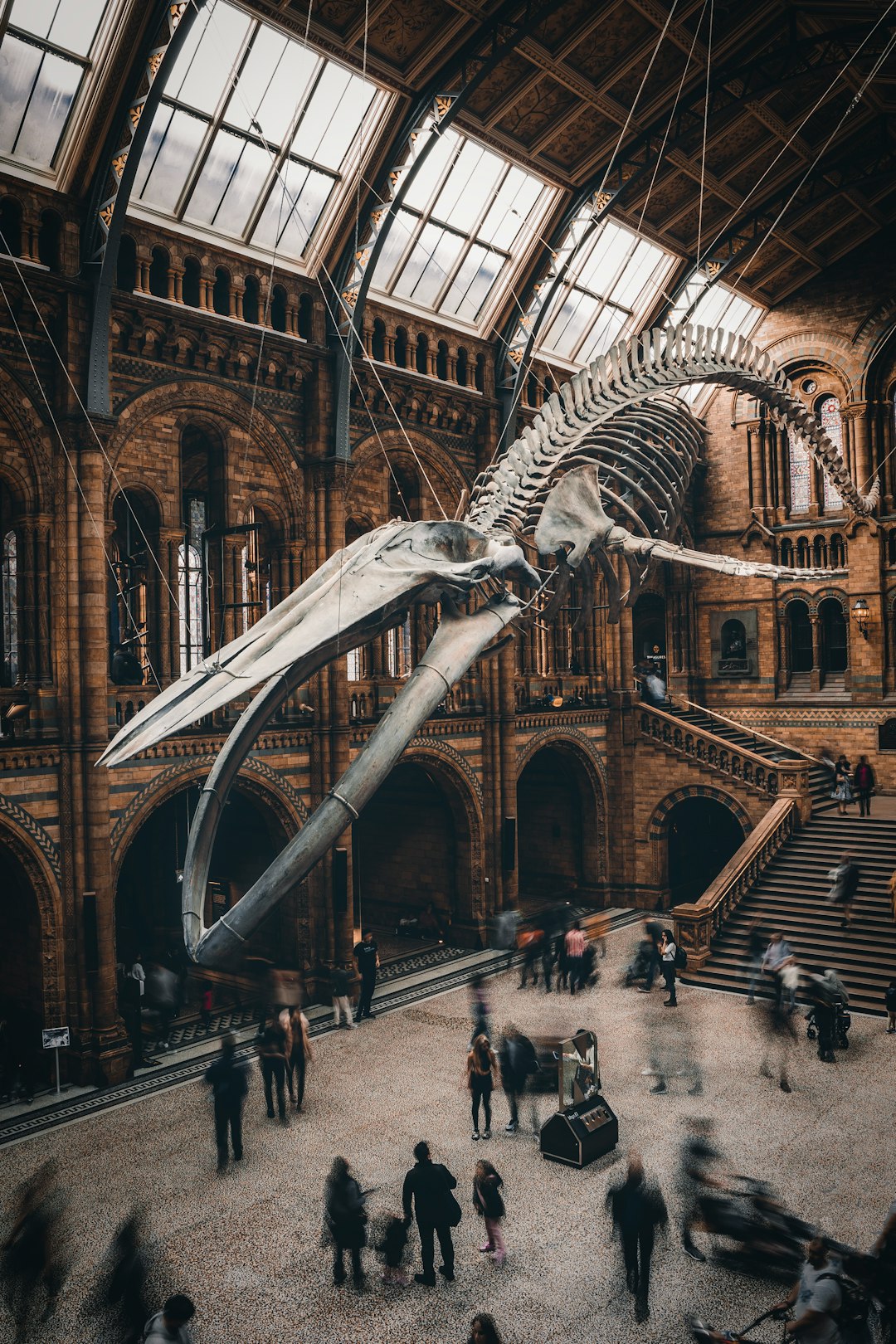
The Pokémon-esque prehistoric hunter had bulging eyes, razor teeth and a shark-like snout – and was small enough to fit in a single bed. Picture this bizarre creature swimming through ancient oceans – it looked nothing like the majestic whales we know today. With large eyes, slicing teeth, and exceptional ear bone preservation, this early cousin of modern baleen whales offers unprecedented insight into their evolution.
“It’s essentially a little whale with big eyes and a mouth full of sharp, slicing teeth,” said Ruairidh Duncan, PhD student at the Museums Victoria Research Institute and Monash University, and lead author of the study. Imagine a cartoon character that doubles as a deadly predator – that’s basically what Janjucetus dullardi was all about.
The School Principal Who Made History

“It’s literally been the greatest 24 hours of my life,” said Ross Dullard, who discovered the skull while fossil hunting at Jan Juc Beach. Ross wasn’t a professional paleontologist – he was just a school principal who loved hunting for fossils during low tide. Dullard was on a regular low-tide hunt at Jan Juc the day he spotted something black protruding from a cliff. Poking it dislodged a tooth. He knew enough to recognize it was unlikely to belong to a dog or a seal.
His instincts were right on the money. Dullard sent photos to Museums Victoria, where Fitzgerald saw them and immediately suspected a new species. For six long years, Ross waited while scientists confirmed his discovery. “That’s all they’ve heard from me for about the last six years,” he said.
Official Scientific Recognition Arrives
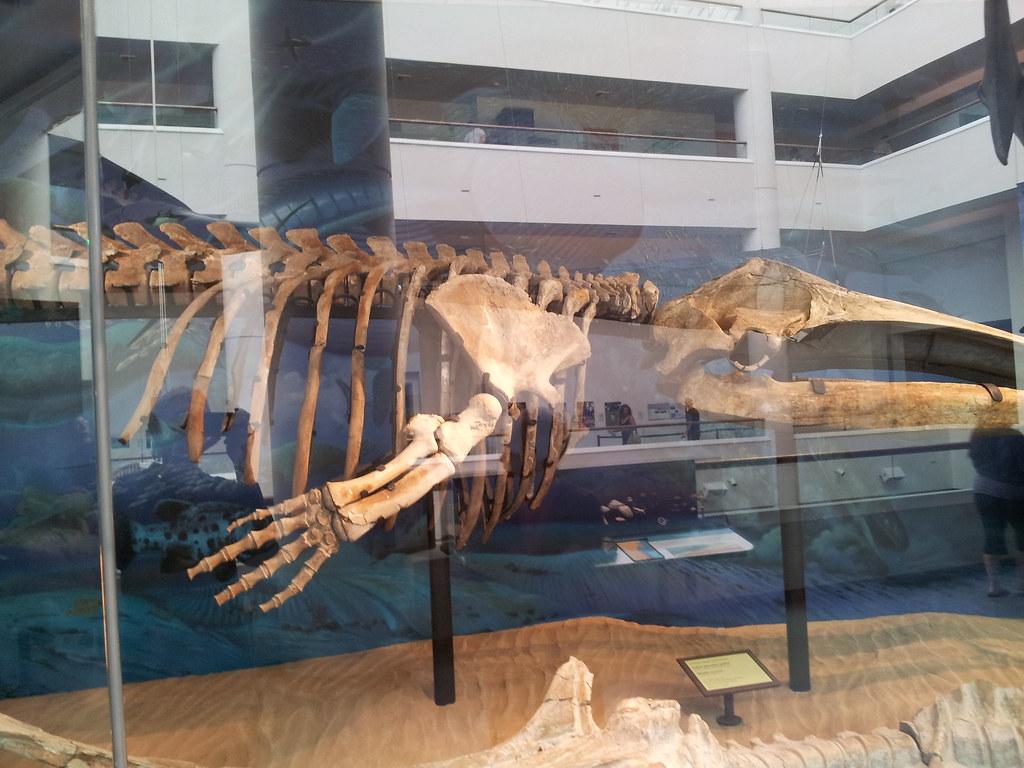
The research, published on August 12 in the prestigious Zoological Journal of the Linnean Society, identifies Janjucetus dullardi as a juvenile ‘baby whale’, just over two metres long. Despite its small size, it belonged to a group known as mammalodontids, early whales that lived only during the Oligocene Epoch, around 30 to 23 million years ago. This wasn’t just any random fossil discovery – it was scientifically groundbreaking.
This was the first mammalodontid to be identified in Australia since 2006 and only the third on record in the country. Fossils of sufficient quality, with enough of the right details preserved to confirm uniqueness, aren’t common. Getting the fossil record to cooperate is like winning the lottery multiple times in a row.
The Rarest Whale Group on Earth
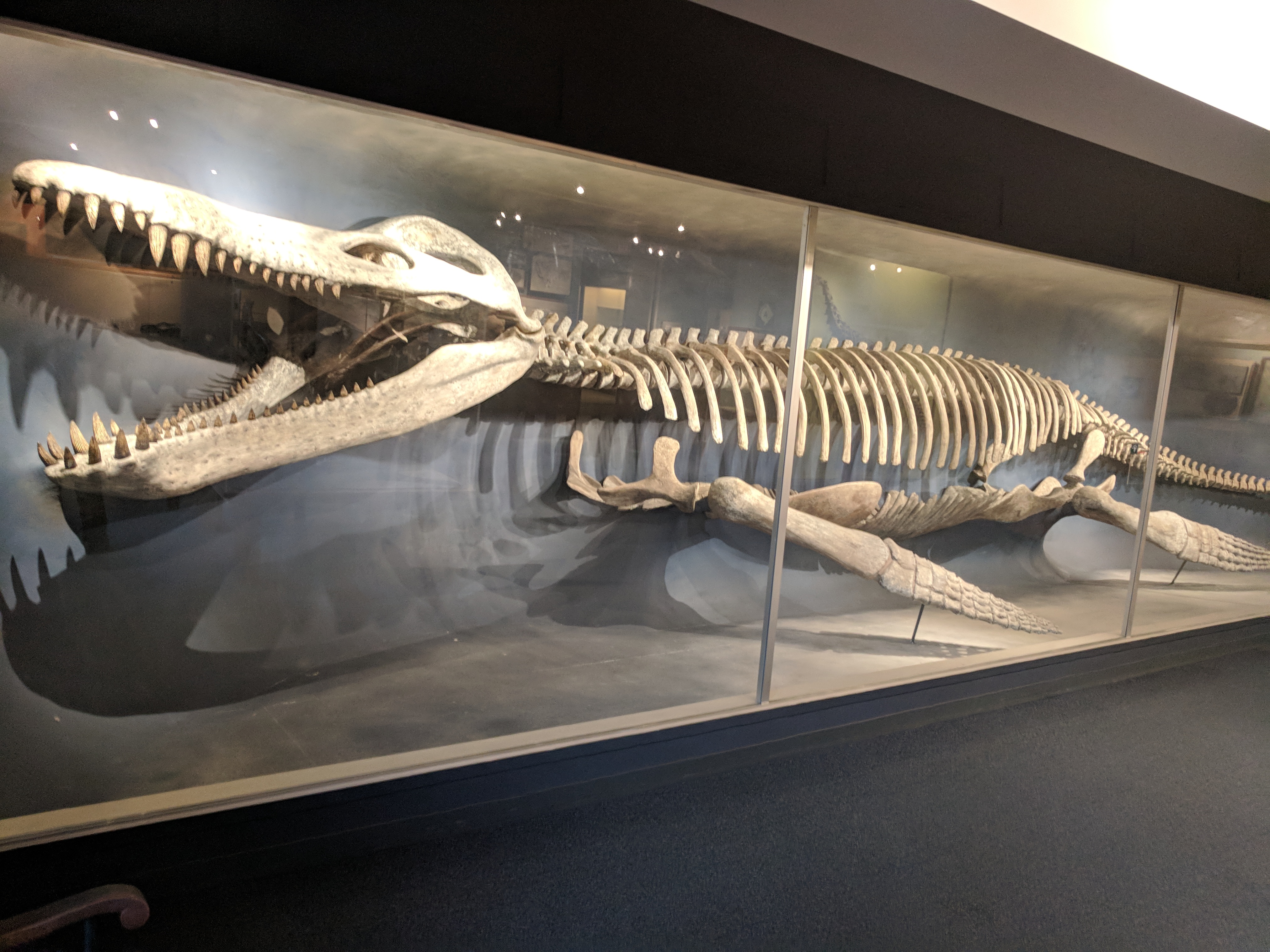
Few family trees seem stranger than that of Janjucetus dullardi, only the fourth species ever identified from a group known as mammalodontids, early whales that lived only during the Oligocene Epoch, about 34 to 23 million years ago. That marked the point about halfway through the known history of whales. Think about that for a moment – out of all the whales that ever existed, only four mammalodontid species have been found worldwide.
Janjucetus dullardi was about 2 m long – small enough to fit on a standard single bed but packed with predatory power. The tiny predators, thought to have grown to 3 meters (10 feet) in length, were an early branch on the line that led to today’s great baleen whales, such as humpbacks, blues and minkes. But the toothy ancestors with powerful jaws would have looked radically different to any modern species.
Advanced Scanning Reveals Hidden Secrets
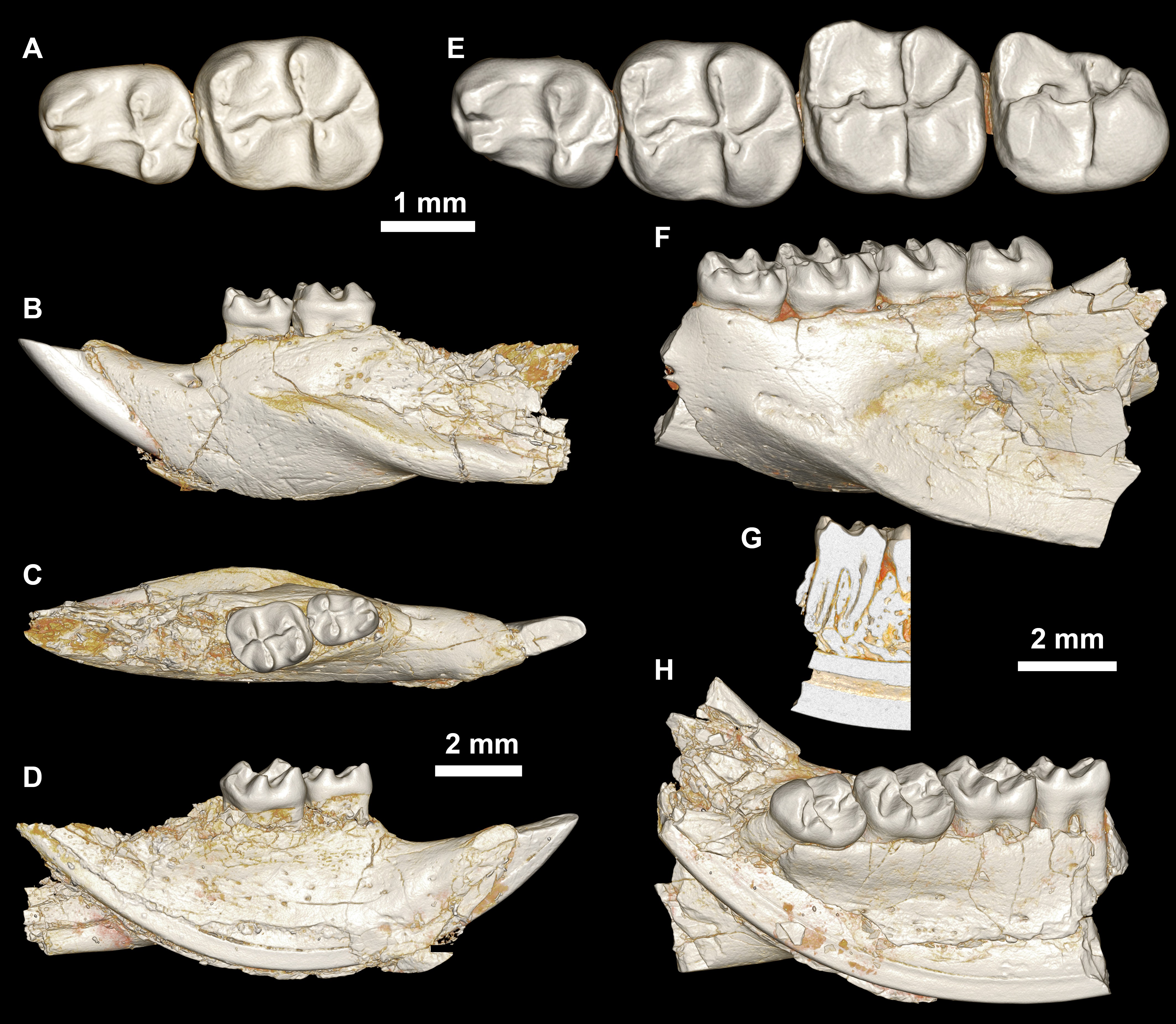
Advanced microCT scanning revealed delicate structures inside the ear bones, including the cochlea, helping scientists explore how Janjucetus dullardi may have sensed its environment, an ability crucial for hunting and navigating the oceans. This technology let researchers peek inside the fossil like never before. Using advanced microCT scanning, researchers peered inside the delicate ear structures, including the cochlea, which controls hearing sensitivity. This allowed scientists to reconstruct how the animal might have detected prey and navigated its underwater environment – an essential skill for a predator in murky coastal waters.
The preservation was so exceptional that scientists could study details typically lost to time. But Janjucetus dullardi stands out: it is the first fossil of its kind to preserve both teeth and inner ear bones in exceptional detail. It’s like finding a 26-million-year-old time capsule perfectly preserved.
Ancient Australia’s Underwater World
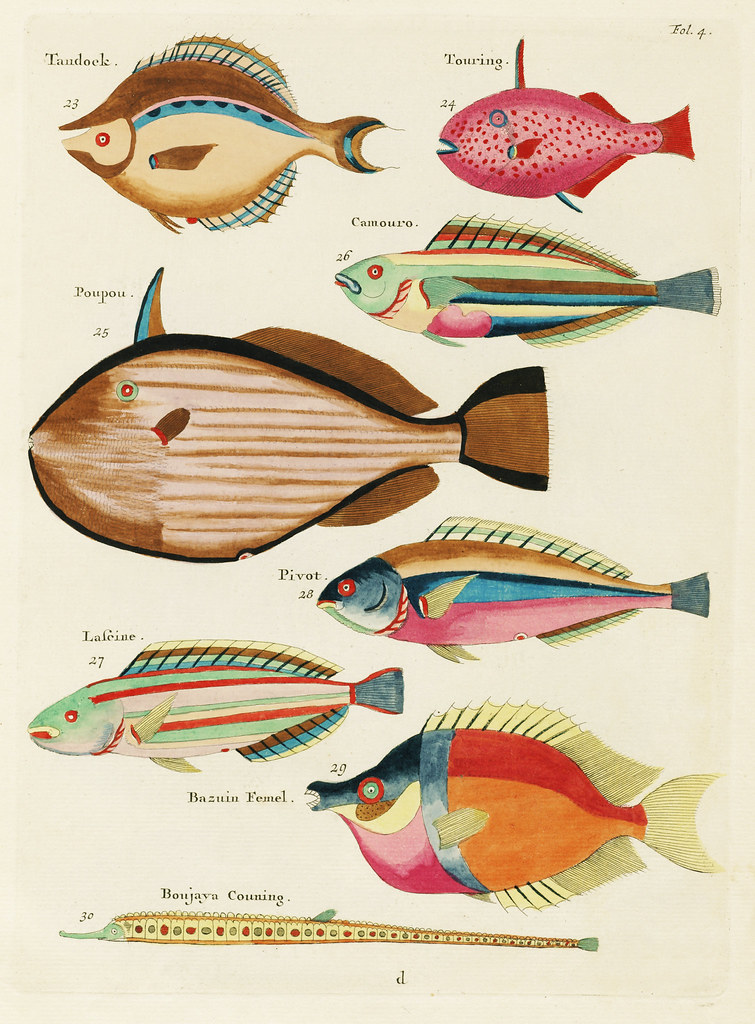
The fossil came from the Jan Juc Formation, a layer of rock rich in marine fossils. Around 26 million years ago, this region was submerged under warm, shallow seas during a period of global warmth and rising sea levels. The world back then was dramatically different from today. “In these seas, there was this extraordinary abundance of life, including all these little whales, giant penguins, sharks – about a third, or even twice as long as today’s great white shark – and various other primitive dolphins and other species of whales,” Erich Fitzgerald, a paleontologist at Museums Victoria, tells the Guardian’s Petra Stock.
Picture an underwater jungle teeming with bizarre creatures. “In these seas, there was this extraordinary abundance of life, including all these little whales, giant penguins, sharks, about a third, or even twice as long as today’s great white shark, and various other primitive dolphins and other species of whales. It was a very different world,” Dr Fitzgerald explained. These ancient oceans were like nothing we see today.
Hunting Machine With Tennis Ball Eyes
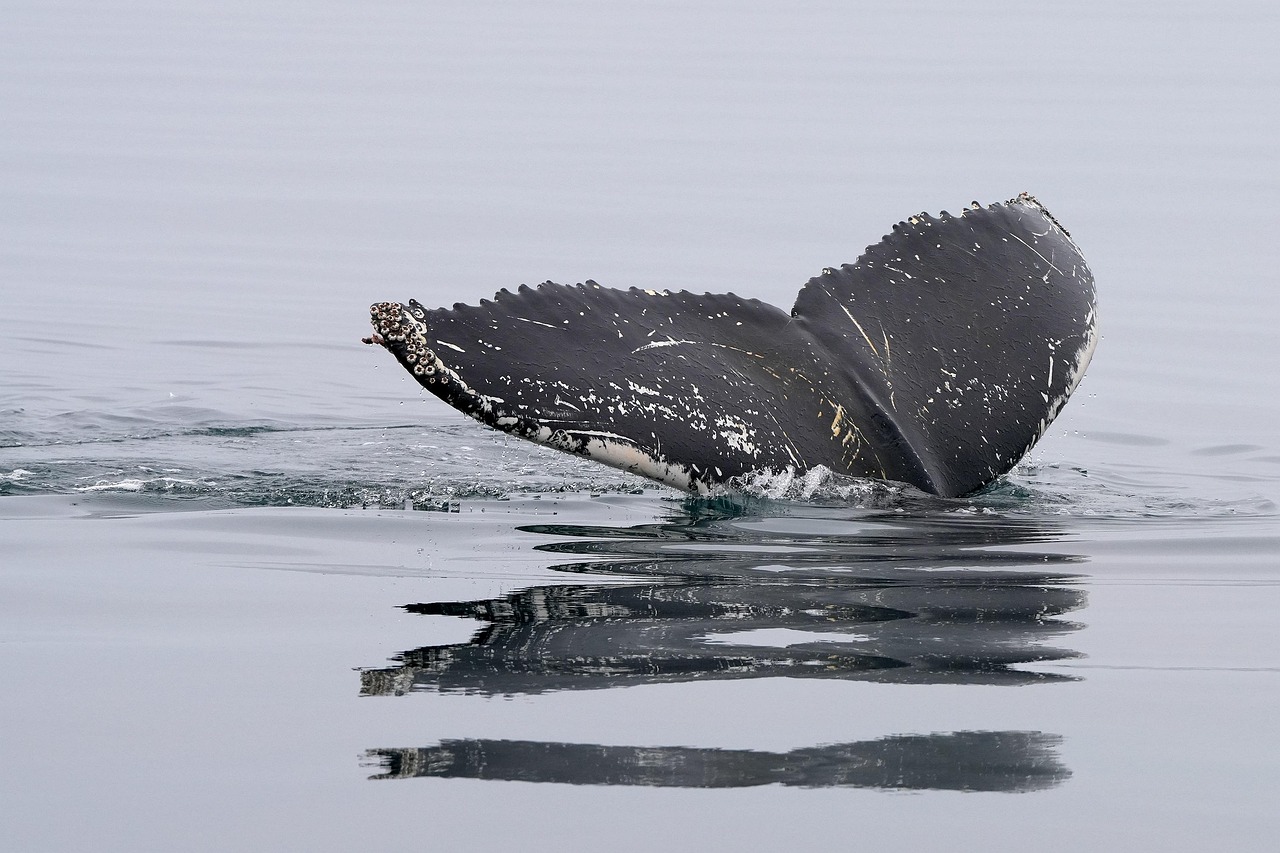
Despite its modest size – just over two meters long – the juvenile Janjucetus dullardi was no timid swimmer. With forward-facing eyes for binocular vision, a short snout, and a mouth bristling with sharp teeth, it was a predator designed for quick, precise strikes. Those oversized eyes weren’t just for show. Janjucetus dullardi had tennis ball-sized eyes and a shark-like snout perfectly designed for spotting prey in murky waters.
This wasn’t your typical gentle whale ancestor. Boasting fiendish teeth and a shark-like snout, however, this oddball of the ocean was nasty, mean and built to hunt. “Think of it as the shark-like version of a baleen whale – small and deceptively cute, but definitely not harmless,” said lead author Ruairidh Duncan, a Ph.D. student at Museums Victoria Research Institute and Monash University.
Victoria’s Fossil Hotspot Reputation
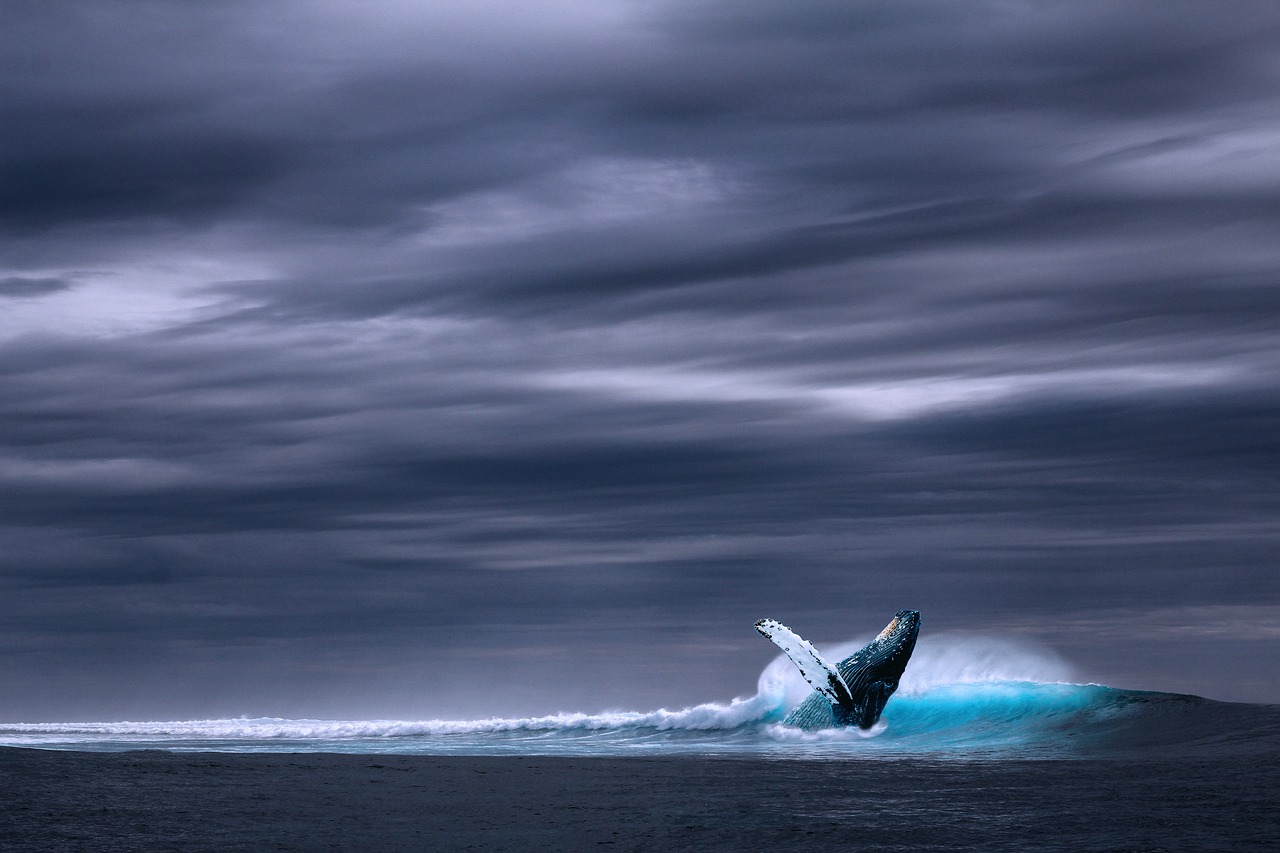
A string of rare fossils have been unearthed along the scenic stretch of beach, a renowned site for the study of early whale evolution. “This region was once a cradle for some of the most unusual whales in history, and we’re only just beginning to uncover their stories,” said Fitzgerald. The Victorian coastline is becoming legendary among paleontologists. Jan Juc Beach, a cradle for some of the weirdest whales in history, is becoming a hotspot for understanding early whale evolution, Fitzgerald said.
With this finding, among others, the rocks of the Victorian coast are becoming known as a hotspot for finding specimens of early whale evolution. The team says in the statement that they expect more fossil discoveries from the area in the coming years and that these prehistoric whales are uniquely Australian It’s like Australia’s ancient oceans were an evolutionary playground for weird whales.
From Hunters to Filter Feeders
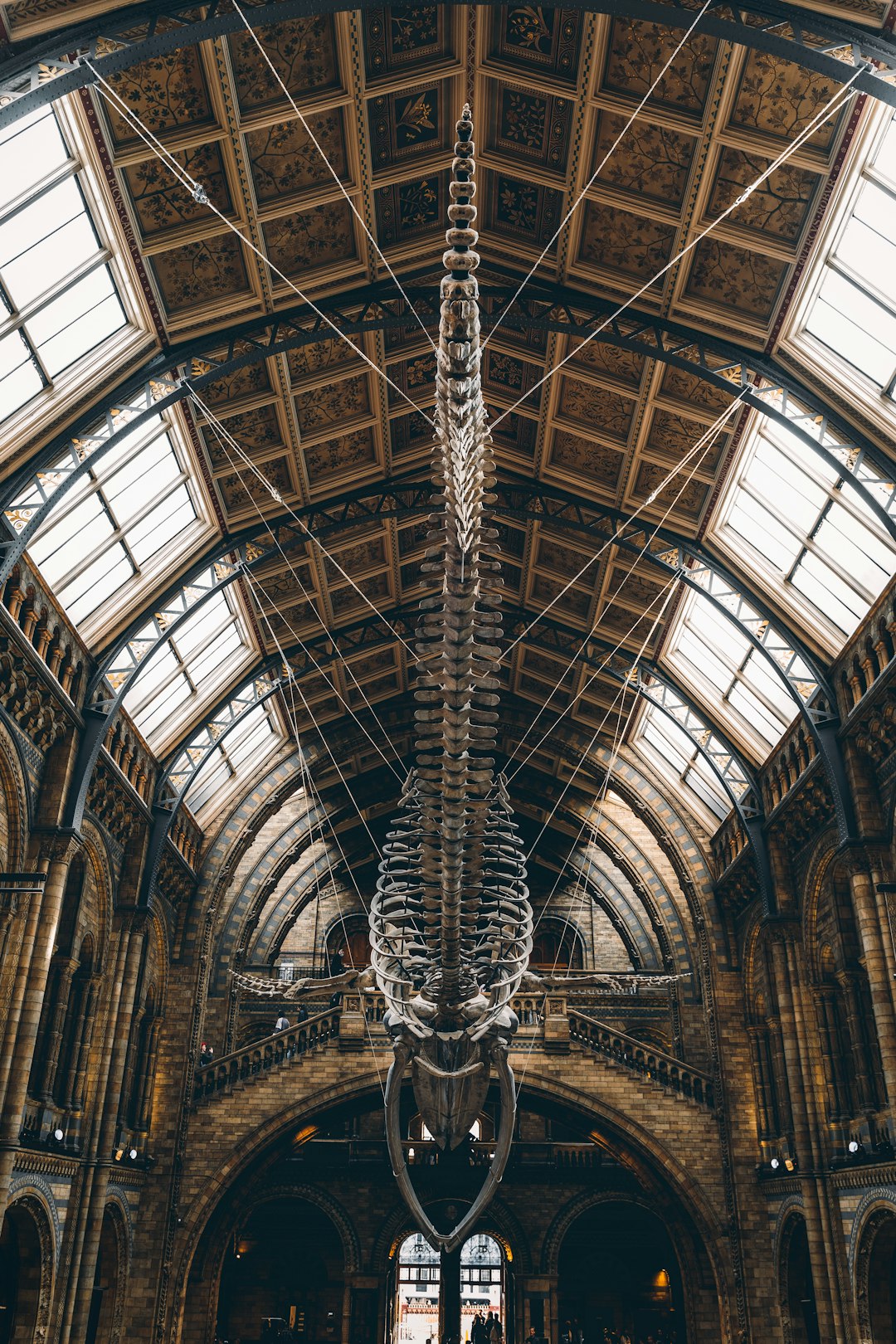
Unlike their modern descendants that filter-feed using baleen plates, mammalodontids were active hunters that diverged from the main evolutionary pathway of whales between 27 and 23 million years ago. The specimen’s preservation of teeth and inner ear structures offers researchers unique insights into how these creatures hunted, navigated and adapted to marine life. This discovery fills a huge gap in understanding whale evolution.
Scientists say Janjucetus dullardi forms a key link in the evolutionary chain leading to modern baleen whales, such as the iconic blue whale. It helps fill a missing chapter of the transition from early carnivorous whales to the filter-feeding baleen whales that prowl today’s oceans. It’s like finding the missing piece of an evolutionary puzzle that scientists have been trying to solve for decades.
Why These Whales Vanished
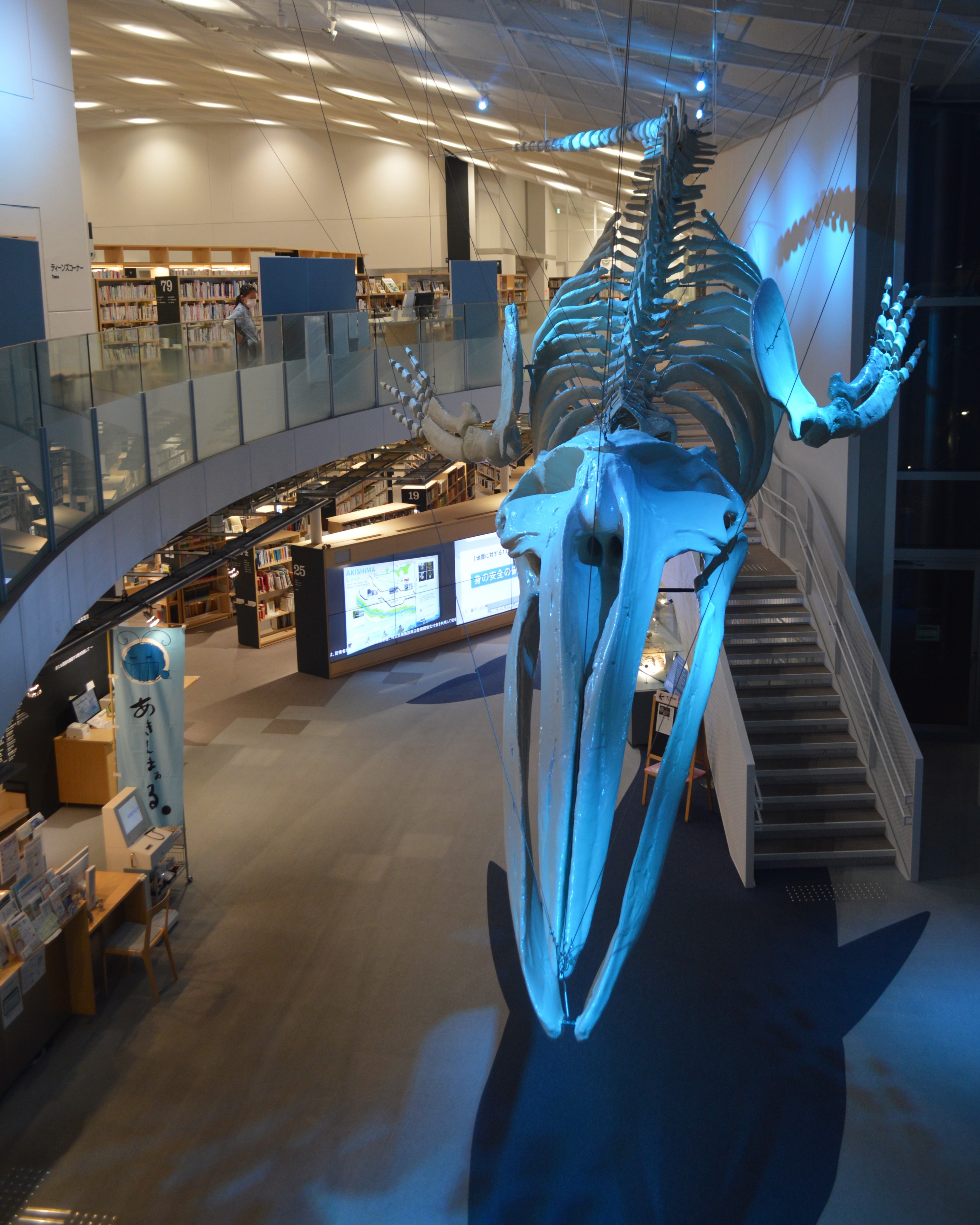
Scientists believe mammalodontids became extinct 22 million years ago when global cooling lowered sea levels, eliminating their coastal habitats. Climate change isn’t just a modern problem – it shaped ancient whale evolution too. These little predators were perfectly adapted to warm, shallow coastal waters, but when the climate cooled and sea levels dropped, their world disappeared.
The irony is striking – today’s climate change research benefits from studying how these ancient whales adapted to different conditions. Researchers said the discoveries also help to understand how ancient cetacean species adapted to warmer oceans, as they study how today’s marine life might respond to climate change. The past holds keys to understanding our future.
Celebrating Six Years of Dedication

Ross Dullard’s patience finally paid off in the most spectacular way. After Wednesday’s confirmation of the new species, the school principal walked like a rock star onto campus with “high fives coming left, right and center,” he said. His friends and family are probably just relieved it’s over. The excitement was infectious – imagine waiting six years to find out if your discovery would make history.
Meanwhile, Dullard planned to host a fossil party this weekend, featuring cetacean-themed games and whale-shaped treats in jello, to celebrate his nightmare Muppet find, finally confirmed. “That’s taken my concentration for six years,” he said. “I’ve had sleepless nights. I’ve dreamt about this whale.”
World-Changing Fossils in Your Backyard
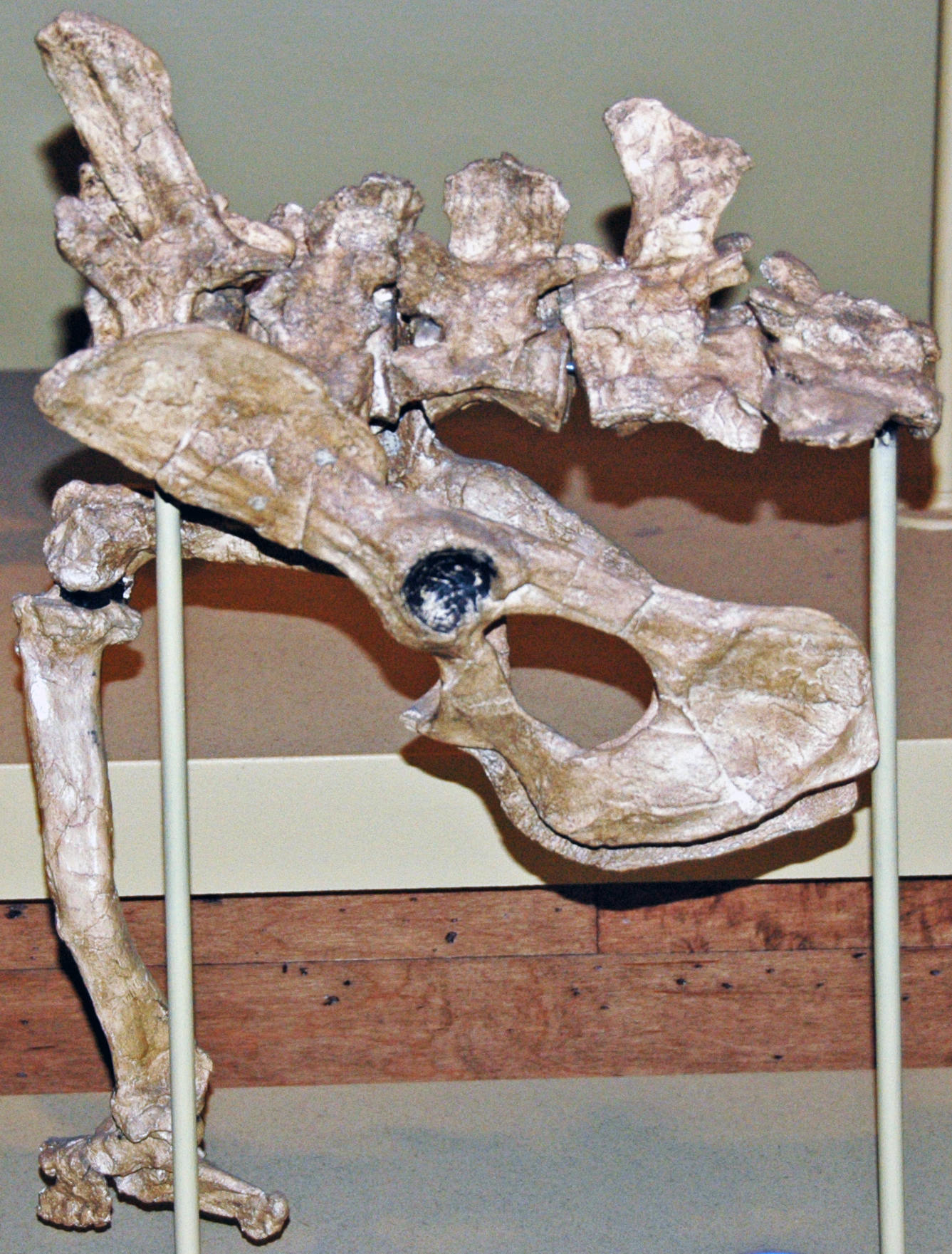
“This kind of public discovery and its reporting to the museum is vital,” said Dr Erich Fitzgerald, senior curator of vertebrate palaeontology at Museums Victoria Research Institute and senior author of the study. “Ross’ discovery has unlocked an entire chapter of whale evolution we’ve never seen before. It’s a reminder that world-changing fossils can be found in your own backyard.” This discovery proves that amateur fossil hunters can make contributions that reshape our understanding of life on Earth.
The rarity of such finds cannot be overstated. “Cetaceans represent a fairly miniscule population of all life,” Fitzgerald said. Millions of years of erosion, scavengers and ocean currents take their toll on whale skeletons too. “It’s only the chosen few, the vast minority of all whales that have ever lived and died in the oceans over millions of years, that actually get preserved as fossils,” he added. Finding Janjucetus dullardi was like winning the paleontological lottery.
What makes this story even more remarkable? “If they were alive today, they would be as iconically Australian as a kangaroo,” he said. Who would have thought that 26 million years ago, Australia’s seas were home to tiny, ferocious whales that looked like something out of a cartoon but hunted like underwater tigers?
